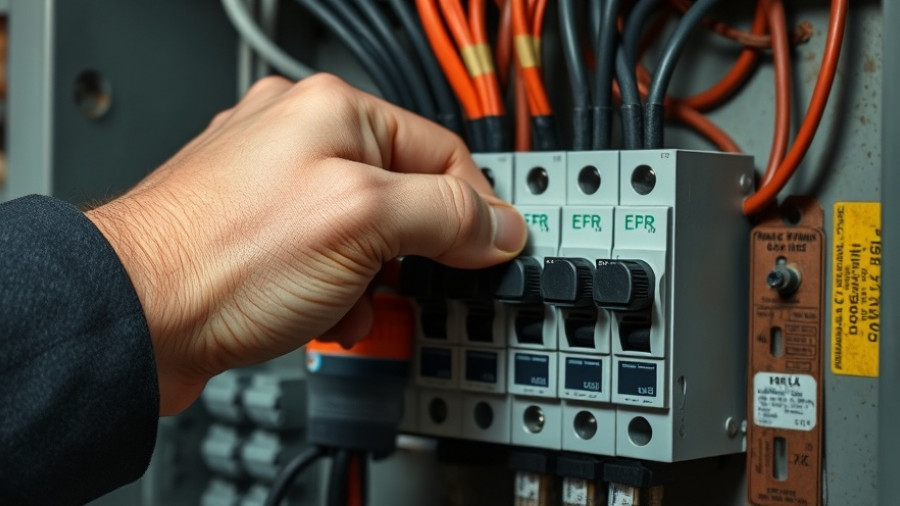
The Importance of Seasonal Home Cleanup
As the summer wraps up, homeowners brace for one of the most enjoyable yet necessary tasks: fall cleanup. This seasonal transition offers more than just a chance to tidy up; it plays a vital role in protecting your investment and enhancing your home’s curb appeal. By tackling essential tasks, not only do you prepare your home for winter, but you also lay a solid foundation for an efficient and beautiful spring.
In #2548 – Fall Cleanup Checklist | Build a DIY Fire Pit | Remove and Prevent Moldy Shower Caulk, experts highlight essential tips for preparing your home for the colder seasons, sparking deeper insights we want to share.
Understanding the Fall Cleanup Checklist
The fall cleanup checklist will save you time and money. Among the core tasks is cleaning gutters, a necessary step to prevent water damage caused by clogged downspouts and ice dams. Setting aside a few hours to remove debris, flushing the gutters, and ensuring water drains away from the foundation can prevent costly repairs down the line.
Furthermore, focusing on your lawn and garden not only enhances visual appeal but also supports plant health. Raking leaves, applying fall fertilizer, and properly storing garden tools prepares your outdoor space for the colder months ahead, ensuring it thrives when spring returns.
DIY Fire Pit: Enhancing Outdoor Living
For those looking to add charm to their outdoor spaces, building a fire pit is an affordable DIY project that promises years of enjoyment. According to experts, understanding your purpose—whether for cozy gatherings or practical heating—can help you determine the right design. With products from Pavestone, creating a simple yet aesthetic fire pit can be done without complicated tools or professional assistance.
The beauty of this project lies in its adaptability; it's easy to relocate as your landscape changes, giving your outdoor area a the much-needed focal point and practical warmth for cool evenings.
Keeping Your Bathroom Fresh and Clean
Another crucial area that requires attention is your bathroom. Moldy caulk not only looks unappealing but is also a breeding ground for bacteria. Fortunately, the process to clean it can be straightforward. Start by safely removing old caulk with a utility knife and cleaning the surface with vinegar and baking soda. Applying mold-resistant silicone caulk can help maintain a clean bathroom while preventing future mold issues, enhancing both the aesthetic and health aspects of your home.
Conclusion: Embrace Fall and Protect Your Home
Taking these proactive steps during the fall not only preserves the functionality of your home but also increases its value over time. Grabbing a rake and tackling these chores can transform your property into a welcoming space for autumn gatherings while ensuring you enter winter with confidence. Are you ready to tackle your fall cleanup? Let's work together to protect your investment and enjoy your home to its fullest!
 Add Row
Add Row  Add
Add 




Write A Comment